HIIT vs. LISS: The Ultimate Cardio Showdown
HIIT vs. LISS: The Ultimate Cardio Showdown
Exploring the Pros and Cons of High-Intensity and Low-Intensity Workouts
In the quest for optimal fitness, two contrasting styles of cardiovascular training have dominated the conversation: High-Intensity Interval Training (HIIT) and Low-Intensity Steady State (LISS). Both methods offer unique benefits and challenges, making the choice between them pivotal depending on individual goals, preferences, and physical conditions.
Understanding HIIT (High-Intensity Interval Training)
HIIT involves short, intense bursts of activity followed by periods of rest or low-intensity exercise. This method has gained immense popularity for its efficiency and effectiveness in boosting cardiovascular health and accelerating fat loss.
Benefits of HIIT
- Efficient Calorie Burning: HIIT can burn a significant number of calories in a short time. The American College of Sports Medicine notes that HIIT can increase the resting metabolic rate for up to 24 hours after exercise.
- Enhanced Cardiovascular Health: Studies have shown that HIIT can significantly improve cardiovascular health, often more effectively than moderate-intensity exercise.
- Muscle Building and Preservation: HIIT not only helps in losing fat but also preserves, and in some cases, builds muscle mass, especially in the lower body and core.
- Improved Insulin Sensitivity: Regular HIIT workouts can enhance insulin sensitivity, reducing the risk of type-2 diabetes and metabolic syndrome.
- Convenience: HIIT workouts can be done anywhere without the need for specialized equipment.
Challenges and Considerations with HIIT
However, HIIT is not without its challenges:
- High Risk of Injury: The intense nature of HIIT increases the risk of injury, particularly for beginners or those with pre-existing conditions.
- Not Suitable for All Fitness Levels: HIIT can be overly demanding for beginners or those with certain health issues.
- Potential for Burnout: The high intensity of these workouts can lead to overtraining and burnout if not managed correctly.
Understanding LISS (Low-Intensity Steady State)
LISS involves longer sessions of steady, low-intensity exercise. It's a traditional approach to cardiovascular fitness, emphasizing endurance over intensity.
Benefits of LISS
- Suitable for All Fitness Levels: LISS is accessible to everyone, including beginners and those recovering from injury.
- Lower Risk of Injury: The lower intensity significantly reduces the risk of injury.
- Fat Burning: LISS workouts predominantly use fat as their energy source.
- Mental Well-being: Many find LISS workouts, like walking or cycling, to be meditative and stress-relieving.
- Recovery and Active Rest: LISS is excellent for active recovery days, helping to reduce muscle soreness without overstraining the body.
Challenges and Considerations with LISS
However, LISS has its drawbacks:
- Time-Consuming: LISS workouts typically last longer, which might be challenging for those with time constraints.
- Plateau Effect: Over time, the body may become efficient at LISS, leading to a plateau in fitness or weight loss progress.
Comparing HIIT and LISS
While HIIT is time-efficient and effective for rapid improvements in fitness and weight loss, LISS is more accessible, less stressful on the body, and better for long-term endurance building. For those targeting specific fitness goals, such as marathon running, LISS might be more beneficial. Conversely, HIIT could be more appropriate for those seeking quick results in fat loss and cardiovascular fitness.
How to Choose Between HIIT and LISS
Choosing between HIIT and LISS depends on personal fitness goals, health conditions, and preferences. A balanced fitness regimen can include a mix of both, capitalizing on the benefits of each. Beginners might start with LISS to build endurance before incorporating HIIT sessions.
Incorporating HIIT and LISS into Your Workout Routine
- Combining Both for Optimal Results: A balanced approach might involve HIIT sessions 2-3 times a week complemented by LISS activities like brisk walking or cycling on alternate days.
- Listening to Your Body: It's crucial to pay attention to how your body responds to each type of workout and adjust accordingly.
- Variety in Training: Mixing HIIT and LISS can prevent boredom and maintain motivation, leading to sustained fitness commitment.
Advanced Considerations in HIIT and LISS
- Periodization in Training: Advanced athletes often use periodization, varying the intensity and type of workouts over time to optimize performance and avoid plateaus.
- Targeted Training for Specific Goals: Depending on whether the goal is to build stamina, lose weight, or improve athletic performance, the emphasis on HIIT or LISS can be adjusted.
As You Can See
Both HIIT and LISS have their place in a comprehensive fitness program. The choice between them should be based on individual goals, fitness levels, and personal preferences. By understanding the unique benefits and challenges of each, you can tailor your cardio training for optimal results, leading to improved health, fitness, and overall well-being.
Incorporating a blend of HIIT and LISS can offer a balanced approach to cardiovascular training, catering to different aspects of fitness and health. As always, the key to successful training lies in finding what works best for you, providing both enjoyment and effective results.
Always Remember...
We would love to hear your thoughts on this, or any other article we write, so please, drop us your comments, ideas, input, and suggestions in the comments below.
And, by all means, if you think anyone in your world might like something we write, use the share buttons below to help us spread the word!
Until next time...PROGRESS, not PERFECTION!
Don't forget, always consult your physician before making any changes to your diet or exercise regimen.
Live a 3D Life...Decisions Determine Destinations!
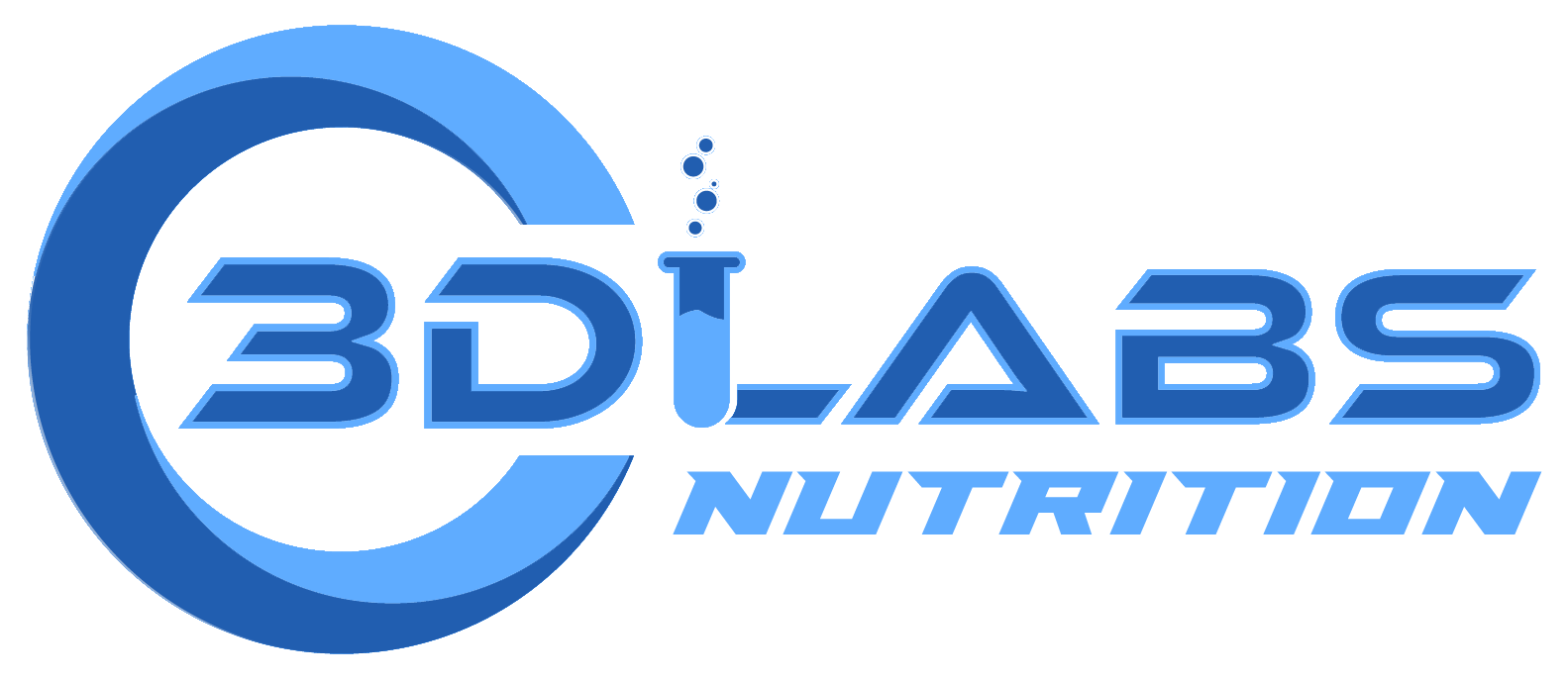

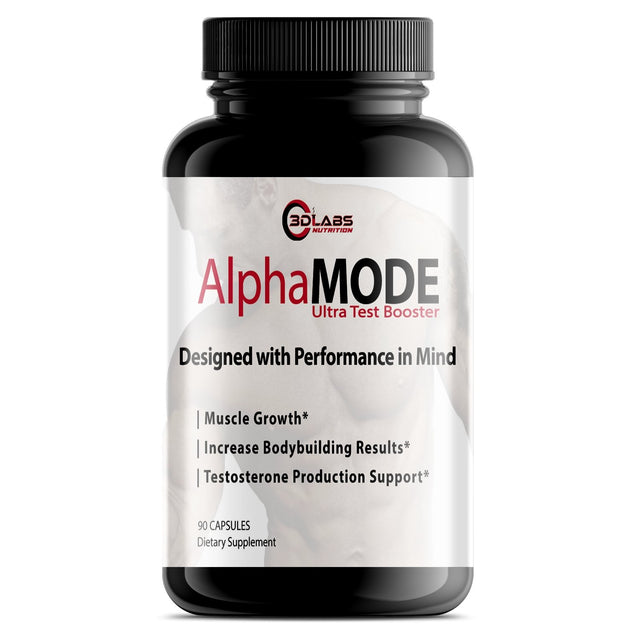
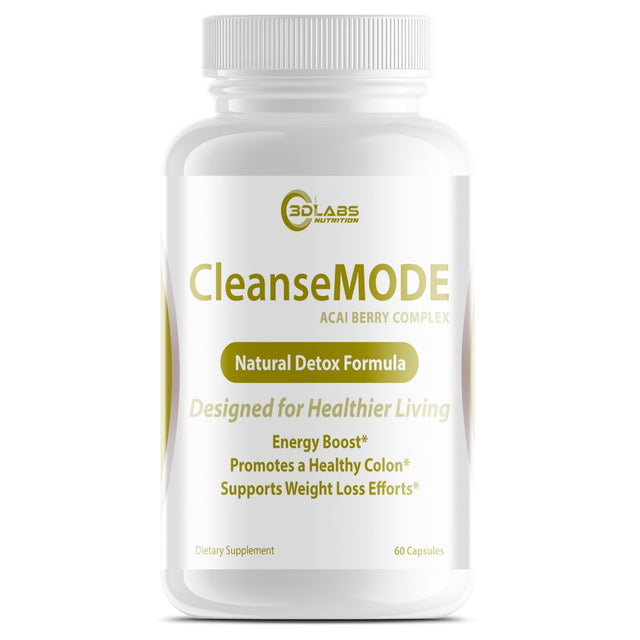
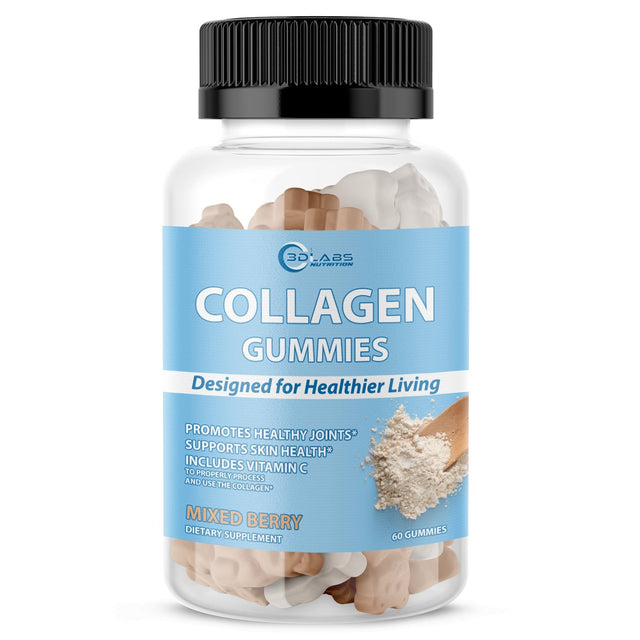
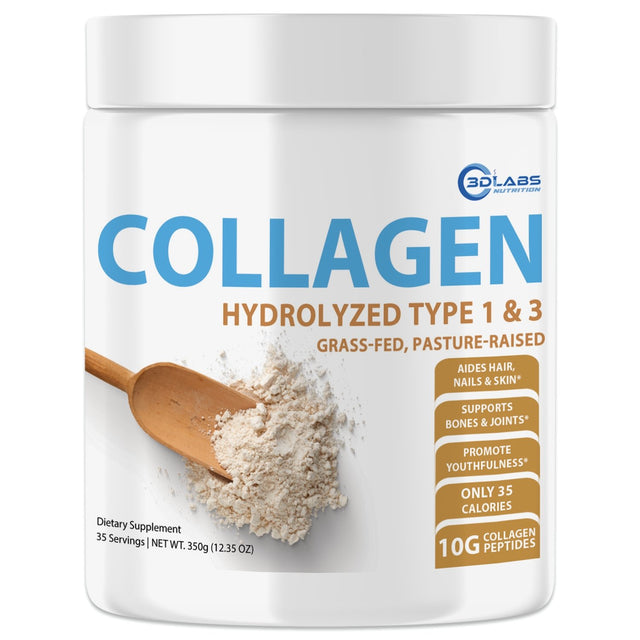
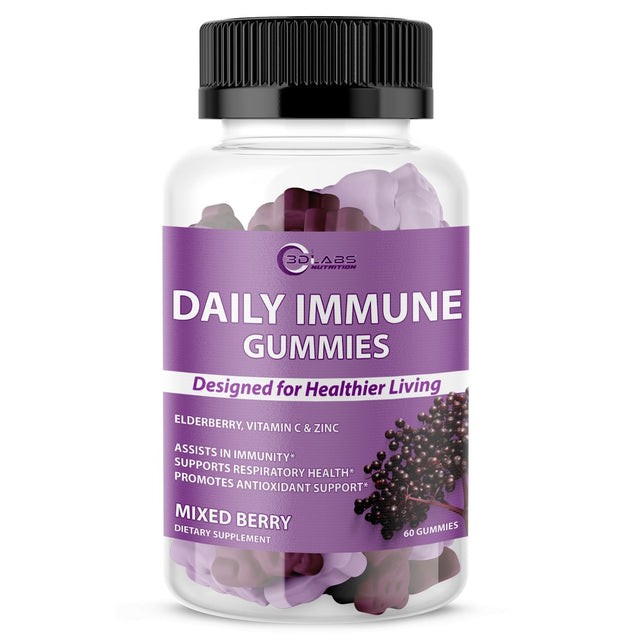
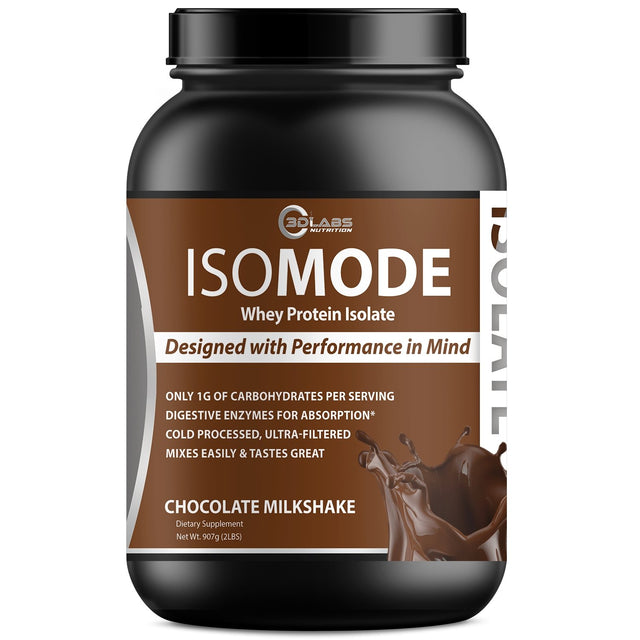
0 Comments
There are no comments for this article. Be the first one to leave a message!